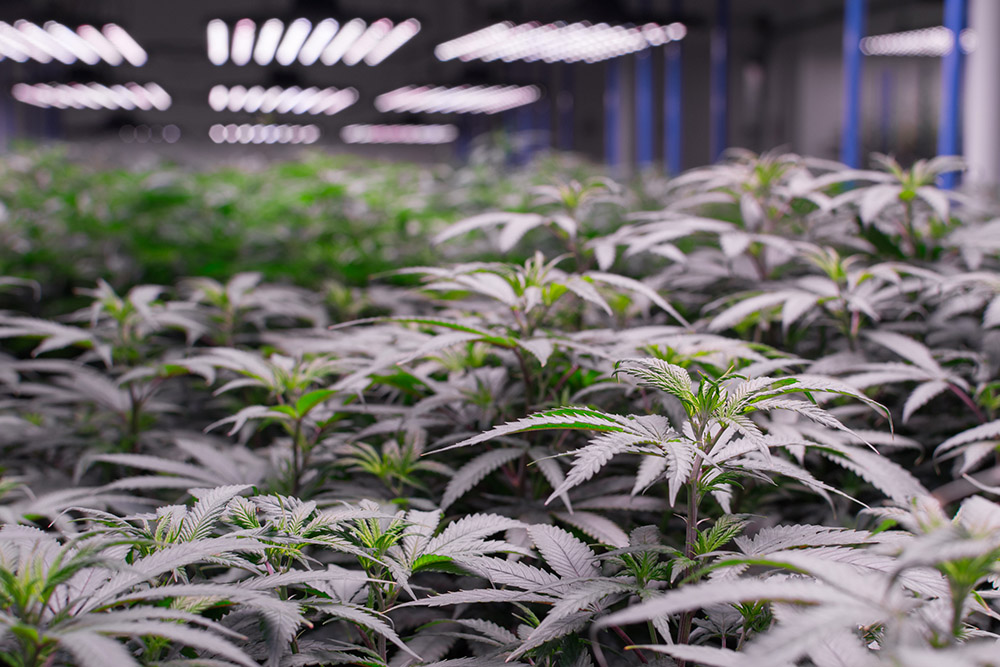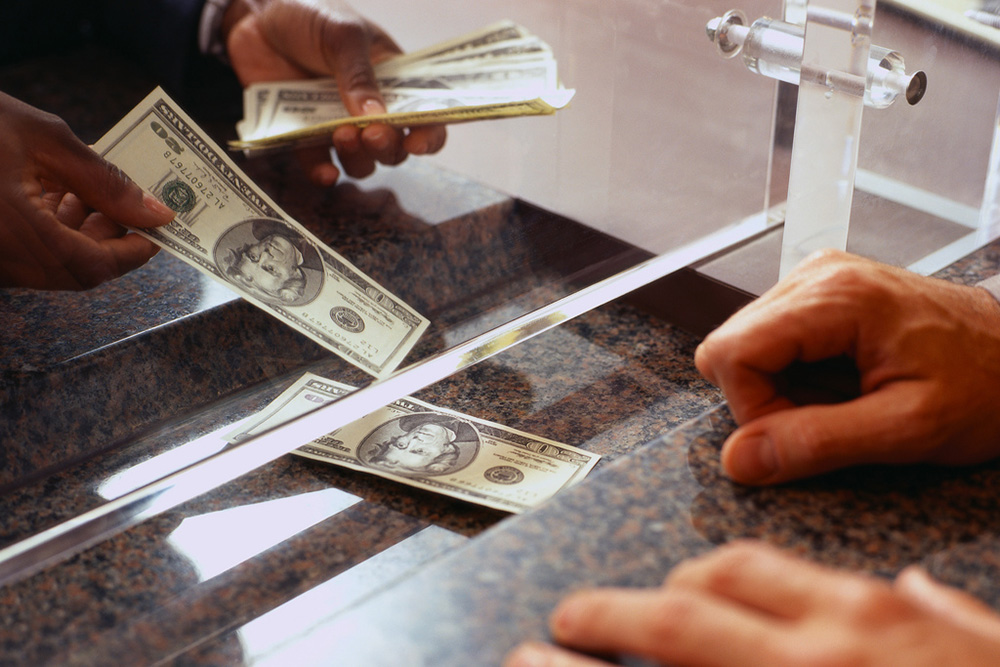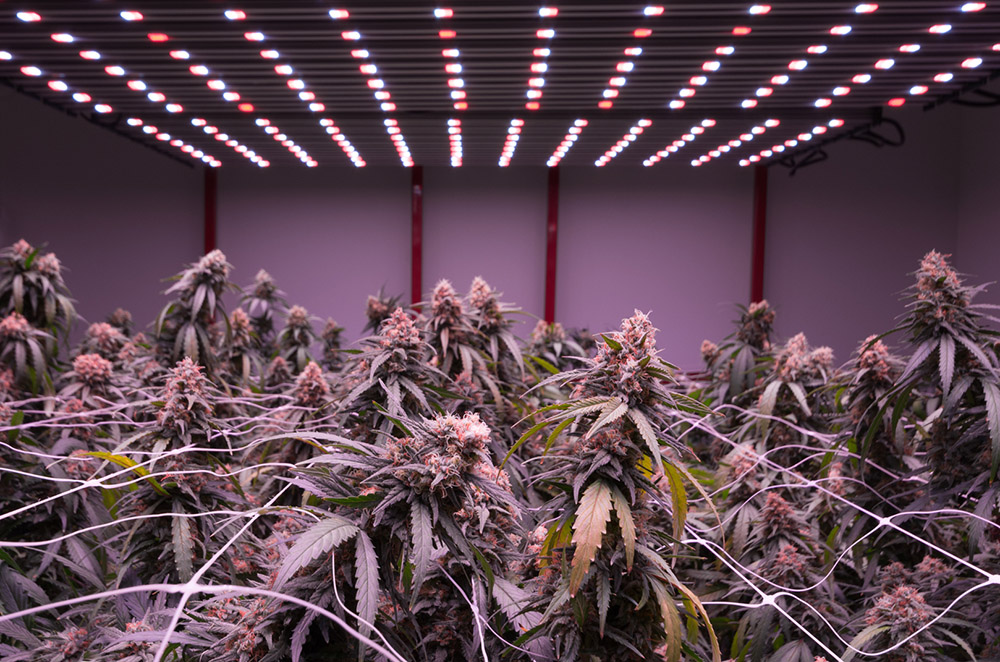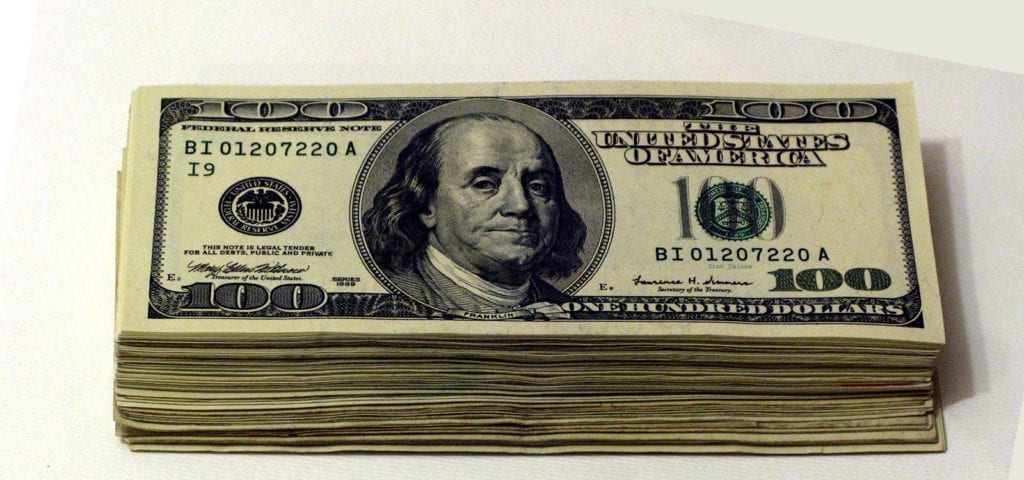In the U.S., legal cannabis — medical and recreational — is a multi billion dollar industry which deals almost exclusively in cash. In 2016, the industry generated approximately 7.9 billion dollars in revenue and is on pace to exceed that amount in 2017 — and that is not including the thousands of black market operators who don’t report their income.
The disconnect between states and the Fed regarding cannabis has made financial institutions trepidatious about serving cannabis-related businesses (“CRBs”). Their trepidation is fueled by fear of federal sanctions, the high of costs of due diligence, and the stigma of being a financial institution that works with CRBs. This legal disconnect affects how CRBs are taxed at the federal level, as well. CRBs are forced to pay a higher tax rate than most other small businesses because they are taxed on gross revenue rather than profit, and are forced to pay these taxes in cash. As long as Congress remains entrenched in its refusal to declassify cannabis, the taxation and banking issues affecting the cannabis industry will only continue to fester.
Banks operating on a patchwork of federal memoranda
Roughly 368 U.S. financial institutions, comprised of both credit unions, commercial banks and traditional payment processors, are currently serving CRBs. Compare this to 15 banking institutions who were the only ones serving CRBs nationwide in the beginning of 2014. This number represents approximately 35% of the total number of financial institutions nationwide – proving that it is possible to cut through the red tape.
But how can a federally-insured financial institution service a federally illegal industry? In 2013, the Department of Justice issued a memorandum (the “Cole Memo”), which offered guidance to federal prosecutors regarding cannabis enforcement priorities. Specifically, the Cole Memo created a policy that permitted CRBs to operate largely without federal interference.
In response to the Cole Memo, in 2014 the Financial Crimes Enforcement Network (“FinCEN”), a division of the Department of Treasury, published a written guidance saying that they would not charge a bank with federal crimes for accepting money from the cannabis industry if the financial institution first made sure that the business was obeying state laws. The FinCEN guidelines were intended to encourage banks to make financial services more available to CRBs and promote financial transparency within the cannabis industry. The guidelines also encouraged banks to conduct thorough investigations on any customer believed to be operating as a CRB. Another part of the FinCEN rules requires banks to file regular reports tracking activity with cannabis-related businesses. These reports are called suspicious activity reports and provide a clear picture of the industry’s banking activity.
This is interesting because it forces banks to be responsible for their clients’ compliance, which is unlike how banks would deal with say, breweries, where they would simply rely on normal state laws and regulators to ensure the brewery is compliant. In the state of Washington, there are about 12 known financial institutions that are working with CRBs and FinCEN has been working to encourage them to take cannabis cash. In Spokane alone, Numerica Credit Union has over 200 cannabis business accounts, with the board of directors citing ‘safety’ as a key issue according to spokesperson Kelli Hawkins.
Carmella Houston, spokesperson for Salal Credit Union, said they have opened over 300 cannabis business accounts since June of 2014, making up about 80 percent of the credit union’s net worth.
These credit unions have to monitor federal policy carefully and be prepared to cancel CRB accounts, releasing those assets if the ‘attitude’ behind Cole Memo were to change.

Death by taxes?
CRBs are subject to extremely high taxes at the federal level. Yes, the Fed still wants to collect the cannabis industry’s dirty, dirty “drug money.” The Fed will collect these taxes in cash at coordinated drop off points, mimicking the choreography of a black market drug deal. In the state of Washington, 95 percent of marijuana-excise-tax payments paid to the state come in a form other than cash, according to WSLCB., totaling roughly $20M in taxes each month since July of last year.
In cities like Denver and Seattle, the IRS has been so inundated with cash that it was forced to invest in resources that would allow it to process and store all of the excess cash. The federal tax code does not differentiate between income derived from legal or illegal sources, Uncle Sam just wants your money.
To determine how much illegal income is taxable, the Fed applies Section 280E of the tax code. Most businesses are taxed using a fairly simple formula: subtract the business expenses from gross income to calculate taxable income. CRBs pay taxes on gross income, and are prohibited from taking standard business deductions such as rent, payroll and advertising. Under 280E, CRBs are permitted to limited deductions for the cost of good sold (“COGS”) and, ironically, the cost of growing cannabis (the very commodity the Fed vilifies) is a permissible COGS deduction.
The only reason “illegal” businesses are permitted to take deductions for COGS is because of the founding fathers and the 16th Amendment, not the goodwill of Congress. Practically speaking, these limited deductions translate to a tax rate that can be as high as 90% for CRBs. This significant tax bill is a deterrent for those who seek to enter the legal cannabis industry.
Working for change
Cannabis policy is primed for a change and the proliferation, wealth, and power of the industry has made its voice of reason hard to ignore. This influence has prompted the creation of a bipartisan Cannabis Caucus (the “Caucus”) comprised of House members from California, Oregon, Alaska and Colorado. The legislative agenda of the Caucus includes passing equitable banking and taxation laws for CRBs and prevent the federal government from interfering with CRBs if they are in compliance with state law. In addition, the aim to ensure that federal laws do not impede cannabis research and allow veterans to access products that they need.
This infectious Caucus has also drummed up support in the Senate, which introduced the Secure and Fair Enforcement (“SAFE”) Banking Act in Spring 2017 — a reintroduction of the Marijuana Businesses Access to Banking Act which was first introduced in 2013 and again in 2015. If enacted, SAFE would prevent federal banking regulators from prohibiting, penalizing or discouraging a financial institution from providing services to CRBs and from terminating or limiting a financial institution’s FDIC protections on the basis of the provision of these services. SAFE would be the first decisive step to wean the industry off of cash.
In the House, the Caucus introduced two tax bills: 1) The Marijuana Revenue and Regulation Act which would amend the tax code by imposing a federal excise tax on all CRBs and an occupational tax on cultivation facilities and export warehouses, and also require CRBs to obtain a permit and bond to cover federal tax liability; and 2) The Small Tax Equity Act, which would create an exception to 280E and allow CRBs to take standard business tax deductions. The House also introduced the States’ Medical Marijuana Property Protection Act, which would exempt real property from civil forfeiture due to medical cannabis-related conduct authorized by state law.
Unfortunately, Republican lawmakers in the House Rules Committee this week blocked several cannabis-related amendments from receiving consideration by the full chamber, effectively pushing the chance of federal guidance and protections for the legal cannabis industry further out of reach — for now.

Courts cannot aid and abet criminals
The federal judiciary has also been forced to confront the banking and taxation issues associated with CRBs. Earlier this year, the Court of Appeals for the 10th Circuit (which includes Colorado) considered whether it could grant a Colorado credit union an injunction to force the Federal Reserve Bank of Kansas City to issue the credit union a “master account.” A master account is essentially a bank account for financial institutions and is necessary for a depository institution to operate.
In its lengthy June 27, 2017 decision, the three judge panel opined that because the credit union would admittedly serve state legal CRBs, a request for an injunction is tantamount to asking the court to grant relief that would facilitate illegal activity, i.e. providing banking services to drug traffickers.
There is also a legal battle raging over 280E. In 2010, the IRS began annually auditing the Harborside Health dispensary, ultimately slapping it with a bill for back taxes, fees and penalties totaling $15 million. In response, Harborside filed suit against the IRS in 2016, claiming that 280E did not apply to its business because its revenue was not derived solely from medical cannabis and, as such, it should be allowed to take standard business deductions related to these other revenue streams. Unsurprisingly, in its court filings, the IRS argued that 280E is applicable to Harborside because its business consists of trafficking cannabis, which is illegal under federal law, and revenue from separate streams does nothing to change that fact. A decision in the case is expected in late 2017, and will surely have an impact on the industry.
“Outlaw” banks
Local banks serving CRBs in states with a medical cannabis market are slowly becoming more prolific, but these brave bastions of cannabis cash do so at a significant cost.
A bank that serves the cannabis industry can expect to increase operational costs across the board in order to satisfy the due diligence requirements imposed by FinCEN. Banks conduct due diligence through reasonable investigation of a business’ account activity and by reviewing publicly available information about the business. These due diligence obligations often force a bank to hire additional labor and implement new software, in an effort to track the integrity of its CRB customer. Increased costs further deter local banks from participating in the industry.
Ohio, however, is trying to implement a new blueprint for CRB banking. Ohio will be the first state to offer safe harbors for financial institutions that work with CRBs, and the first state to implement a state-run “closed-loop” payment processing system for patients and CRBs. Ohio is rolling out its medical cannabis program this year, and industry watchers are eager to see whether the state’s novel banking solutions will create an efficient, cash-free system.

Looking forward
By 2020, legal cannabis is expected to be a $21 billion industry employing more people in the United States than the manufacturing industry. It is high time for the Fed to address the banking and taxation inequities at the state and federal level. The federal judiciary’s hands are tied by the illegal status of cannabis, so it is up to Congress to take steps to enact substantive laws that protect the industry.
If members of Congress do not want their seats foreclosed on in the 2018 midterm election, they should be mindful that legal cannabis has far more support and goodwill among constituents in both blue and red states than Congress itself.
Note: This article was co-authored by Meredith Kinner and John McGowan, founding partners of Kinner & McGowan, PLLC — a boutique law firm in Washington D.C. with a cannabis-focused practice.
Get daily cannabis business news updates. Subscribe
End
